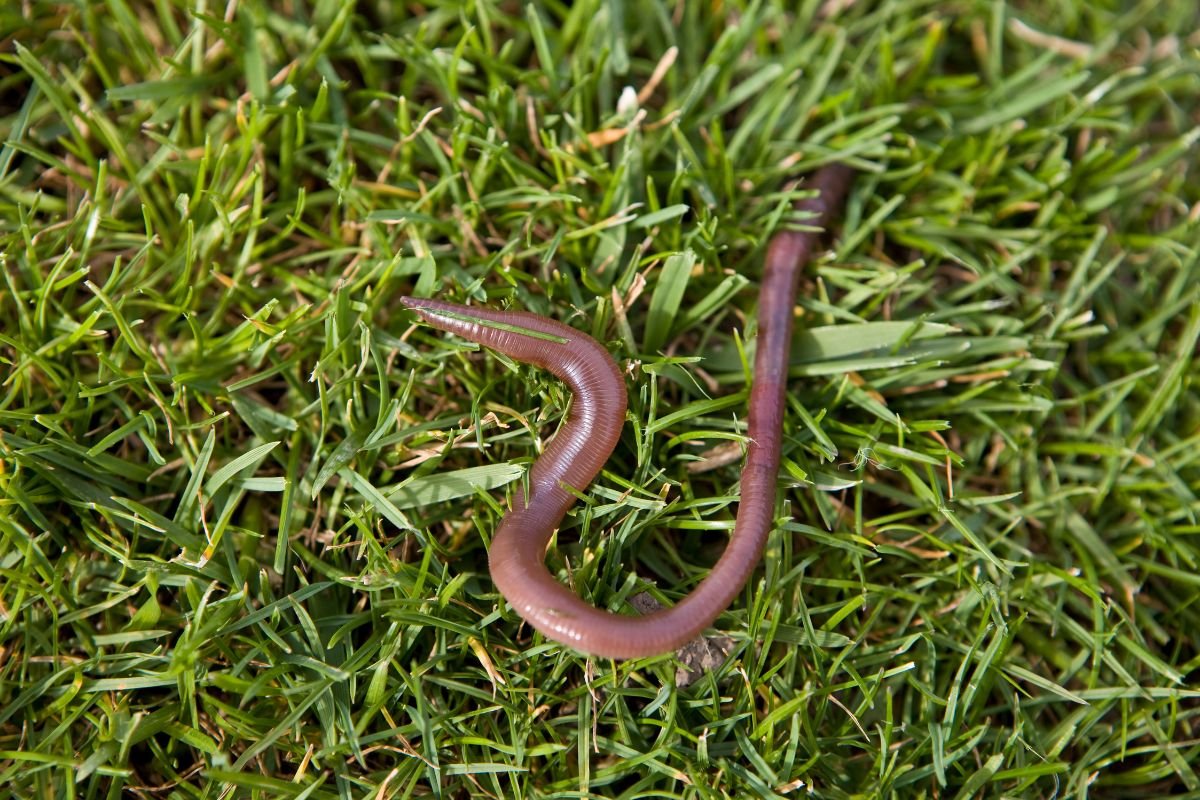These Worms May Be Doing Harm to Your Lawn
When you think of worms, you picture a harmless, wiggly, squishy worm hanging out in your soil, minding its own business. And, sure, there are plenty of harmless, wiggly, squishy worms residing on your property. However, did you know there are also plenty that might be harming your lawn?
Learn more about worms below, and you might be in a better position to combat the harmful ones while accommodating those trying to help your lawn.
Sod Webworms
Have you noticed irregular brown spots on your lawn and damaged grass blades with chewed edges? You might have a problem with sod webworms.
Sod webworms aren’t technically worms; they’re the caterpillars of moths. They grow up to about 20mm and are pink-white or yellow-brown with black or brown heads. Most sod webworms are also covered with fine hairs and have wings tucked in closely to their bodies.
During the day, they hang out in sheltered spots and shrubs, but they indeed come out to play at night. These pesky critters will scatter eggs over your lawn, feast on your grass, and can destroy an entire lawn in a matter of days.
Unfortunately, there are no known effective insecticides explicitly for sod webworms on the market.
Armyworms
Armyworms are moth caterpillars that are known to decimate seedling stems and lawns. They mostly eat grasses and small grain crops and can leave many unsightly bare patches in their wake.
Armyworms can be your worst nightmare if you’re a lifestyle block owner or farmer. After migrating to a new feeding patch, they can devastate crops in a matter of days. Fortunately, we do have effective products to give them their marching orders.
LawnPro Protect is a recommended product for lawn infestations, while crop farmers might prefer an insecticide product known as Organic Insect Control.
Greasy Cutworm
If you’re an avid gardener with corn, brassicas, beans, and tomatoes, you’ll never want to see a greasy cutworm darkening your doorstep. Greasy cutworms are young caterpillars that eat a variety of plants and cause significant damage. The young caterpillars are brown to grey, while larger larvae tend to be dark grey and yellow. They get the name ‘greasy’ from their skin’s greasy and shiny appearance when they’re well-fed.
If you notice tunnels in your soil, you likely have large cutworm caterpillars. Apply LawnPro Protect from spring to late autumn. If you have adult moths, spray affected plants with Plant Health Spectrum between November and February.
Wireworm
Wireworms not only love gardens, particularly when it comes to tubers, but they see lawns as large tasty snacks. Give these soil-dwelling insect larvae their eviction notice before they have a chance to damage roots and stop your plants and lawns from thriving.
More often than not, wireworm can be found destroying lawns, potatoes, brassicas, wheat, and root vegetables. They also don’t think twice about killing your planted seedlings and hanging out in any rotting wood around your property.
If you’re at your wit’s end with wireworm, apply LawnPro Protect to any affected areas and consider preventative measures. You might be able to stop wireworm from returning by removing damaged plants, implementing a crop rotation plan, and carrying out preventative treatments with recommended products.
Garden Worms
How could regular ol’ garden worms be damaging? We need them! Worms are undoubtedly crucial for our soil ecology, but that doesn’t mean we can’t have too much of a good thing. When worms are too active in our grass during winter, grass can become bumpy when their castings dry. Wet castings scattered over the lawn can also cause you to have an ‘open’ lawn. If you have an overabundance of worms, control the population for better grass health using an organic tea extract.
Most Common Worms in NZ Gardens
You’ve seen one worm; you’ve seen them all, right? Perhaps not. We actually have at least six common worms in New Zealand, excluding earthworms.
You’re most likely to find blue-grey worms living in your topsoil. They have blue-grey, fat bodies, a yellow ring around their necks, and a yellow tip on their tails. If you dig around in your garden, you might also find grey worms. These worms live in and eat your garden soil and have pink-grey bodies with dark pink heads.
If you’re an avid composter, be on the lookout for tiger worms. They live in and eat organic matter, compost, and leaf litter. They are easy to spot because they have bright red bodies and yellow stripes.
You might also spot the occasional dung worm if you use dung in your garden or live in a rural area. These worms are brown with red saddles and live in organic matter like cow pats. If you live in the North Island, you might also encounter Nightcrawler worms that grow up to 30cm long and three metres deep in your soil and black-headed worms with dark grey-brown bodies.
Are You Welcoming the Right Worms?
Not all worms are as wonderful as we think. If you’ve welcomed the wrong worms, now might be the right time to explore your treatment options to keep your lawns and gardens happy and healthy.

